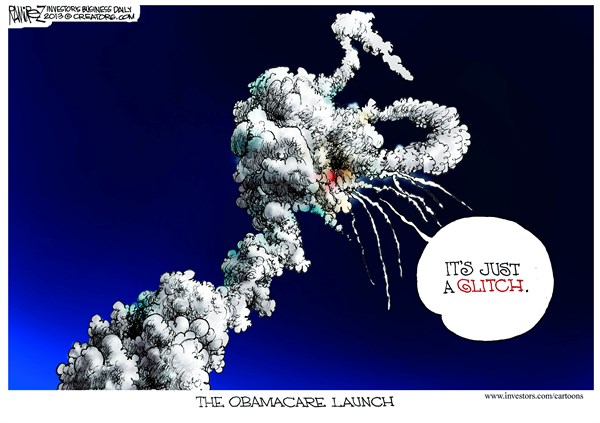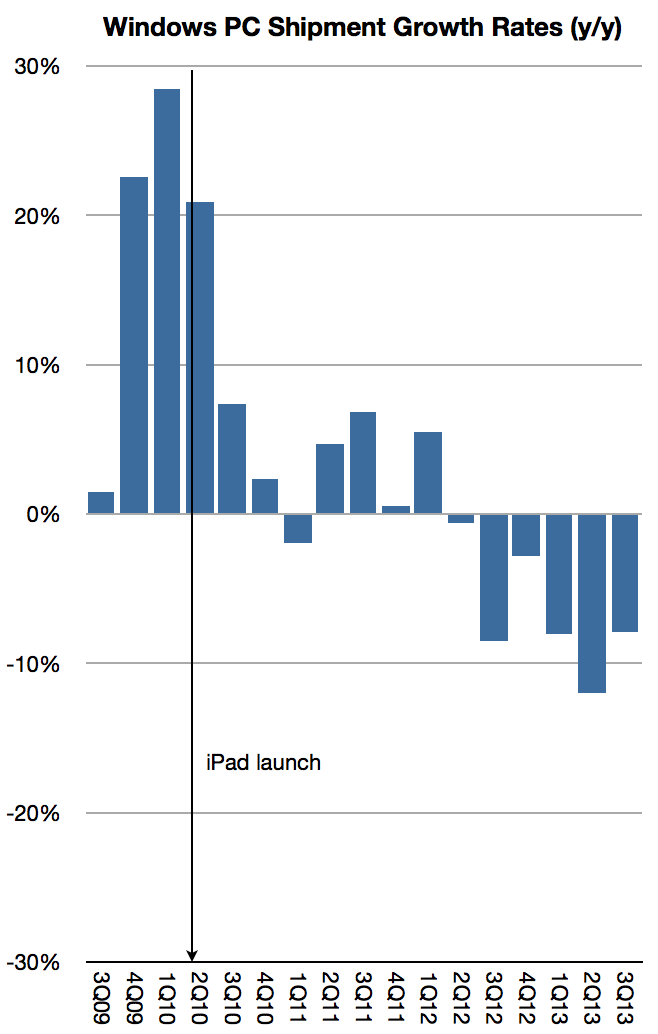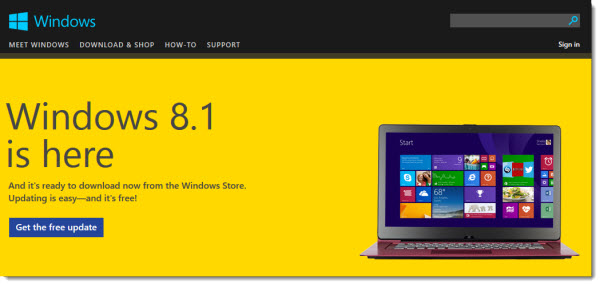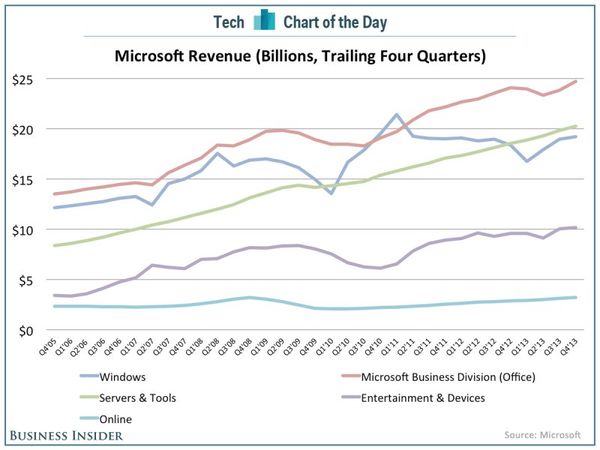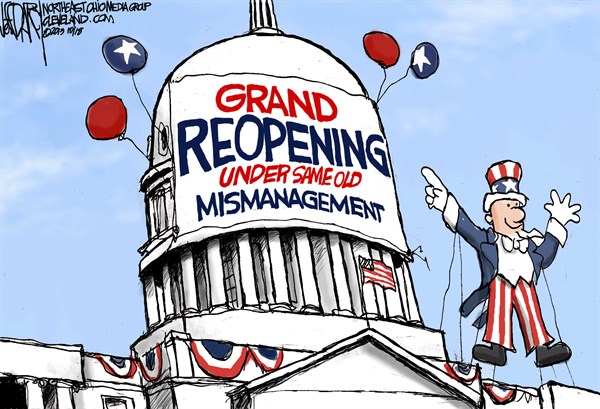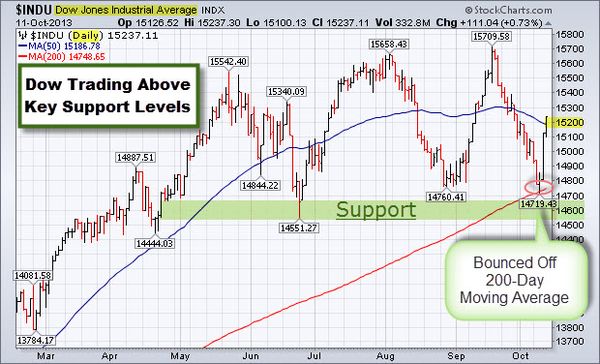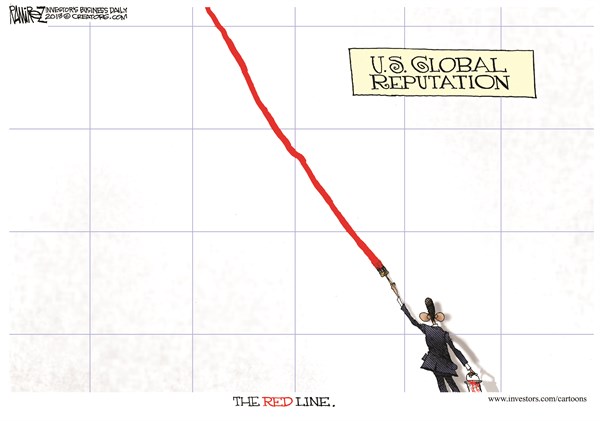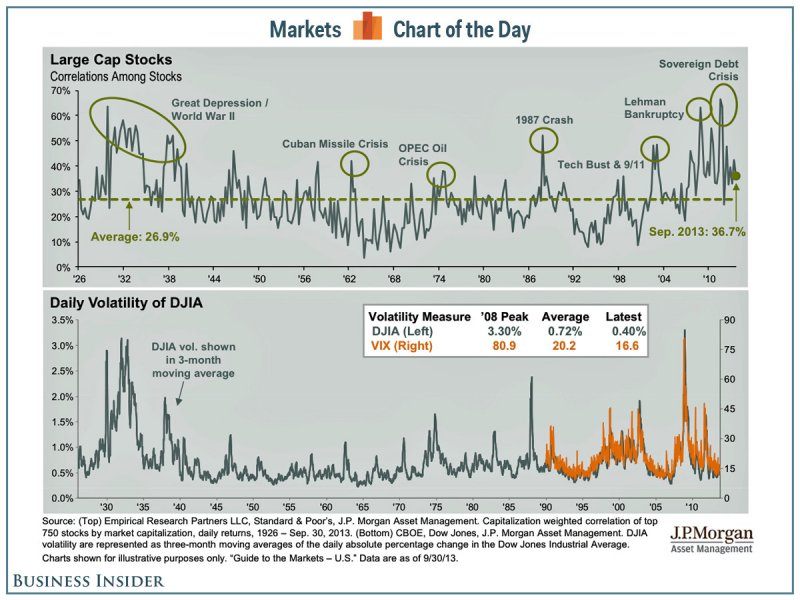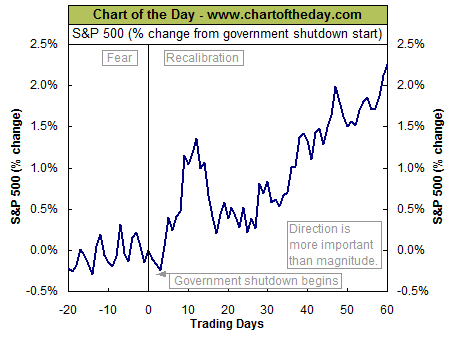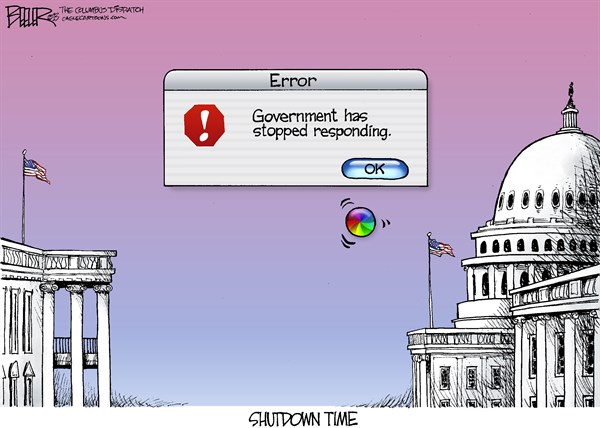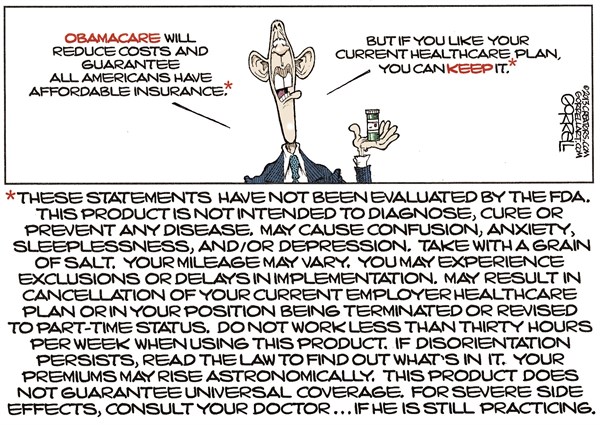Hope your week went smoother than the Obamacare launch.
Here are some of the posts that caught my eye. Hope you find something interesting.
- Why
Hiring ‘B’ Players Kills Companies. (VentureBeat) - Artificial
Intelligence Evolves to Another Level. New Stuff from Google & Ray
Kurzweil (MIT) - Improving
Predictions: How to Make Better Forecasts. (David Brook) - A
Data Scientist's Real Job: Storytelling. (Harvard Business Review) - What
If Superpowers Were Real? A series of TED lessons explore the science of
flight, super speed, invisibility and more. (TED)
- Central
Banks Risk Clash of Titans. (Wall Street Journal) - Top
40 Buffett-isms: Inspiration to Become a Better Investor. (Forbes) - High
Speed Trading Puts Investors On Losing End. (Money) - A
Generational Low in Managed Futures? (AttainCapital) - Are
There More Hedge Funds in the U.S. than Taco Bells? Does that imply fewer
winners as more roll the dice? (FiscalTimes)
Get our weekly recap e-mailed to you here.

